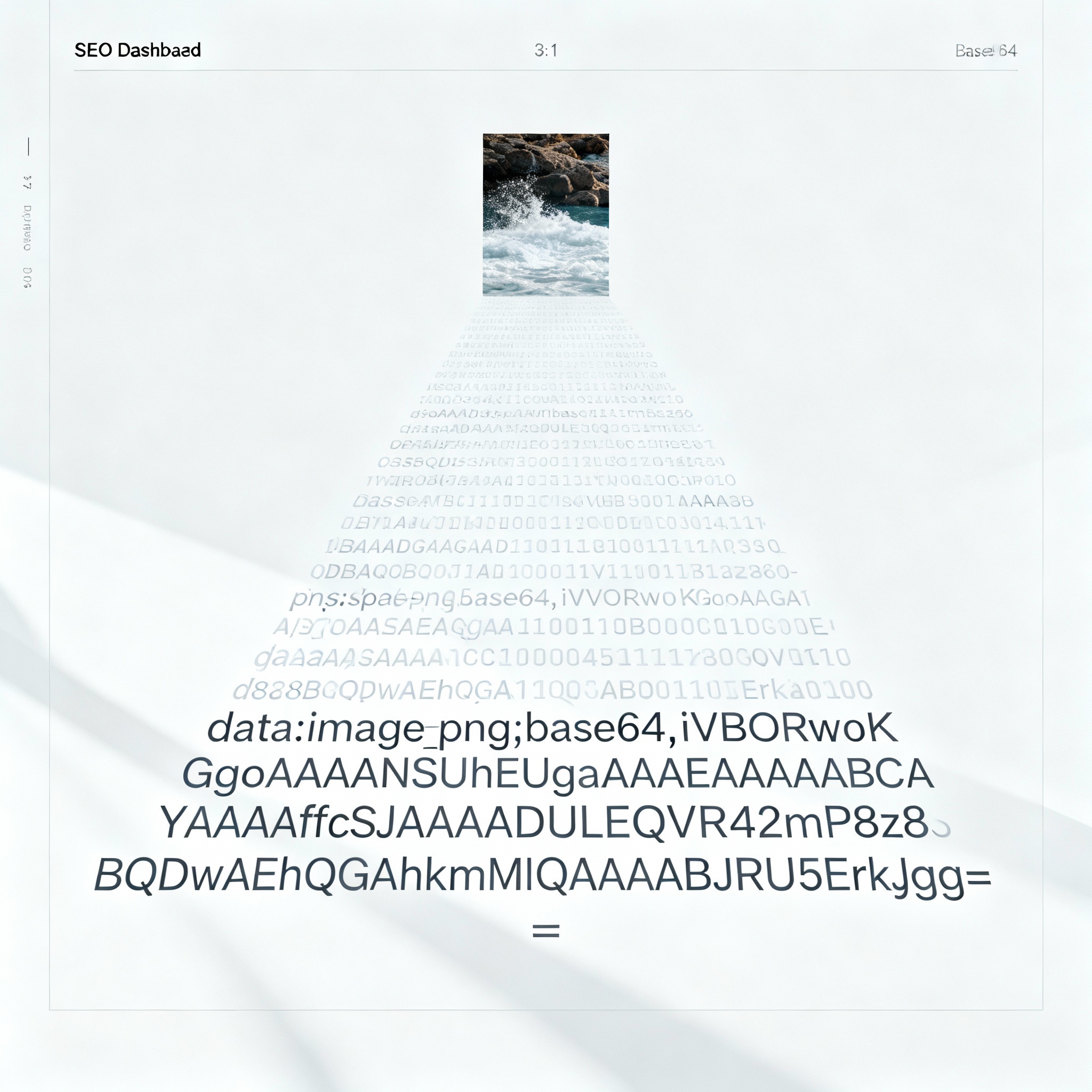
Image to Base64
Created on 18 October, 2025 • Converter tools • 31 views • 2 minutes read
Image to Base64 conversion is a modern technique widely used by web developers, SEO professionals
Image to Base64 conversion is a modern technique widely used by web developers, SEO professionals, and digital marketers. This process transforms an image file—such as PNG, JPG, or GIF—into a Base64-encoded string, making it easy to embed as plain text in HTML, CSS, or emails. Understanding the mechanics, SEO implications, and best practices is crucial for optimizing website performance and user experience.
Image to Base64: What Is It?
What Is Image to Base64 Conversion?
Image to Base64 conversion encodes binary image data into a textual representation using 64 safe ASCII characters. Online tools allow you to upload an image, instantly transforming it into a Base64 string you can copy and place directly in your code or documentation. This technique is especially handy for embedding images inline—bypassing the need for external image files or links.
SEO Benefits and Drawbacks
SEO Advantages
- Reduced HTTP Requests: Embedding small images or icons with Base64 directly in HTML or CSS can reduce the number of server requests, improving page load speed—a key factor in SEO rankings.
- Increased Reliability: Inline images don’t suffer from broken links or missing file issues, ensuring consistent display and streamlined deployment.
- Cross-Platform Compatibility: Base64 strings work in all browsers and applications, perfect for web, mobile, and email workflows.
SEO Disadvantages
- File Size Increase: Base64 encoding increases image file size by 33% on average, potentially slowing down large sites if used excessively.
- Limited Image Indexing: Search engines may not index Base64-embedded images in their image searches, reducing visual discoverability.
- Caching Limitations: Inline images may not enjoy the same browser caching benefits as external resources.
Use Cases and Applications
- Web Development: Embedding favicons, icons, or small background images for efficient rendering.
- Email Templates: Base64 images bypass external download restrictions, improving deliverability and immediate display.
- API Integration: Base64 encoding is commonly used for transmitting image data via JSON and REST APIs, or for secure, tamper-resistant storage.
- Technical Documentation: Easily embed diagrams and graphics within text-based formats.
Popular tools like Seo Studio’s Image to Base64 Converter and KeyCDN Support provide drag-and-drop interfaces, instant encoding, and seamless compatibility with HTML, CSS, and JS environments.
How to Convert Image to Base64
- Upload Your Image: Select a PNG, JPG, SVG, or GIF file up to 10MB.
- Start Conversion: Click the convert button. The tool creates a Base64 string for use in data URI schemes.
- Copy and Paste: Integrate the encoded output directly in your code, emails, or documentation.
Best Practices for SEO and Performance
- Use for Small Graphics: Restrict Base64 encoding to icons, logos, and images below 10KB for high efficiency.
- Optimize Source Files: Compress and resize files before encoding to minimize load impact.
- Monitor Page Speed: Regularly test site performance and avoid excessive inlining of large images.
- Check SEO Visibility: Ensure primary content images remain externally accessible for search engine indexing.
Conclusion
Image to Base64 conversion is a powerful method for embedding images directly into web code, emails, and documentation. It shines for small assets, minimizing HTTP requests and simplifying deployment. For SEO, careful use ensures improved site speed and reliability, while misuse can hinder page rank and visual discoverability. Stick to icons and small graphics for the best results!
Popular posts
-
GIF to BMPImage Manipulation tools • 353 views
-
GIF to WEBPImage Manipulation tools • 256 views
-
GIF-to-PNGImage Manipulation tools • 190 views
-
SHA-3/512 generatorConverter tools • 152 views
-
GIF to JPGImage Manipulation tools • 122 views